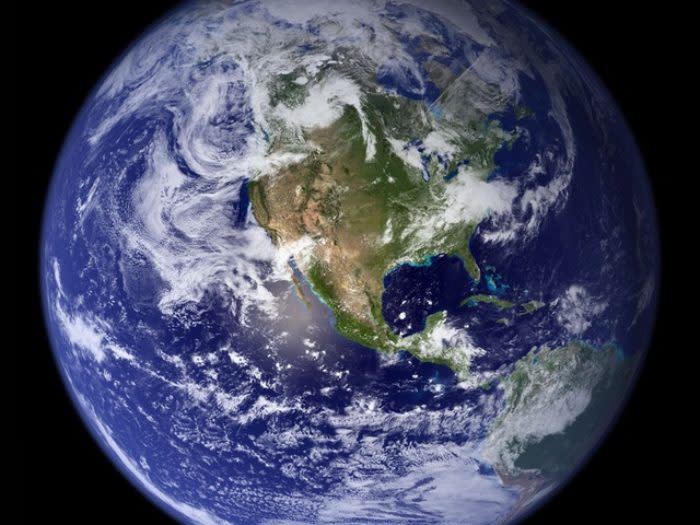NASA says there are at least 7 other Earthlike planets in our galaxy, and we’re trying to process this
Quick, get Agent Mulder on the phone because he’ll definitely want to be the first to know that NASA says there are at least seven other Earthlike planets in our galaxy. Although astronomers have known for quite some time that every star in the galaxy is parent to at least one “world,” it’s been trickier to spot Earthlike planets — ones that are relatively small with a rocky surface that orbit their sun at a distance that allows water to exist.
On February 22nd, NASA announced a breakthrough — a single star located relatively close to planet Earth is home to seven Earthlike planets.
The findings, which have been published in the latest issue of Nature, are the result of six years of study of the small star Trappist-1, which is located about 39 light years from Earth.
Using the Transiting Planets and Planetesimals Small Telescope, scientists discovered three Earthlike planets around Trappist-1 in early 2016. The findings prompted astronomers to launch a vigorous search for even more Earthlike planets by using NASA’s orbiting Spitzer Space Telescope and a number of ground-based telescopes in Morocco, Hawaii, South Africa, Spain, and Liverpool.
“The planets form a very compact system,” says the study’s leader, Michaël Gillon of the University of Liège in Belgium. “They are very close to their star and are reminiscent of the system of moons that orbit Jupiter. They could have liquid water and life.”
Inquiring minds would like to know if there might be life on these planets — and it’s being investigated. The Trappist-1 system is a “quiet star” with relatively few solar flares, but it’s almost definitely tidally locked. That means that one side directly faces the solar fires and the other faces the opposite direction — and this massive temperature differential would make it hard to survive on either side.
Still, astronomers aren’t ruling out the possibility — both orbiting and Earth-based telescopes will be used to study the spectrum of Trappist-1’s starlight as it streams through the atmospheres of other planets.
By examining the chemical fingerprint left by Trappist-1, experts can assess the likelihood of life on the system’s planets.
“Trappist-1 will live for one thousand billion years,” says Gillon.
So, for those of us who are desperately hoping for signs of life are found on Trappist-1, there’s no real rush — the little green men (that’s what they’d look like, right?) aren’t going anywhere anytime soon.



